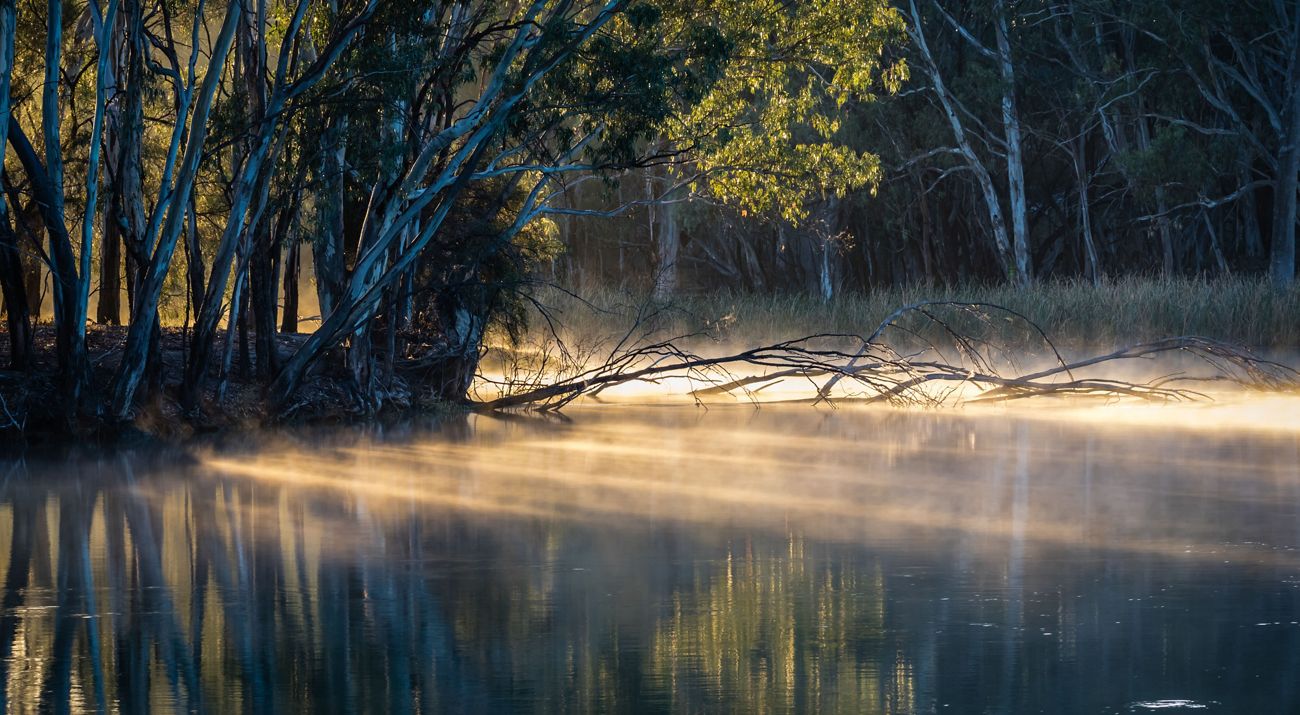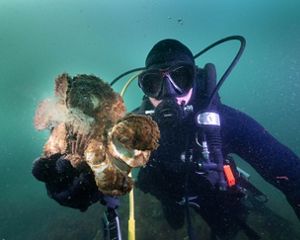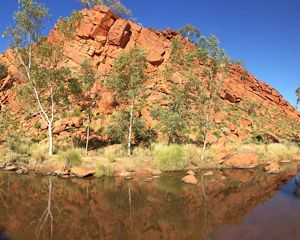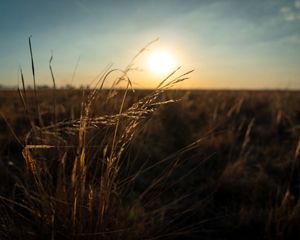
Balancing Water in the Murray-Darling
We’re balancing agriculture, finance and the environment.
The Murray-Darling Basin is one of the world's largest and most productive river basins, contributing about $19.5 billion USD to Australia's agriculture each year. It supports a wide range of animals, plants and ecosystems, including 35 endangered birds and 16 endangered mammals.
However, the basin is also very vulnerable. Years of engineering, overuse and climate change have reduced water flow to its rivers, creeks and wetlands. Over 80% of the basin's river valleys are in poor health, affecting many species that rely on natural flooding cycles.
To tackle these issues, we created the Murray-Darling Basin Balanced Water Fund. This fund ensures water security for farmers while protecting important wetlands. The fund invests in permanent water rights and allocates water smartly, balancing agricultural and environmental needs. This impact investment fund is delivering benefits for investors and nature alike. Since 2015, the fund has donated more than 24 gigalitres of environmental water to about 40 wetlands across Victoria and New South Wales, demonstrating its impact on wetland restoration.
The fund is a partnership between The Nature Conservancy, the Murray Darling Wetlands Working Group and Kilter Rural.
Our conservation outcomes include:
- Better habitats for waterbirds and native fish
- Healthier wetlands, floodplain forests and woodlands
- Sustainable plant and fish refuges
- Improved wetland plant health and growth
Restoring environmental flows also helps preserve sites of Aboriginal cultural and spiritual importance.
Visit our Australia website to learn more about The Nature Conservancy’s work in Australia.


